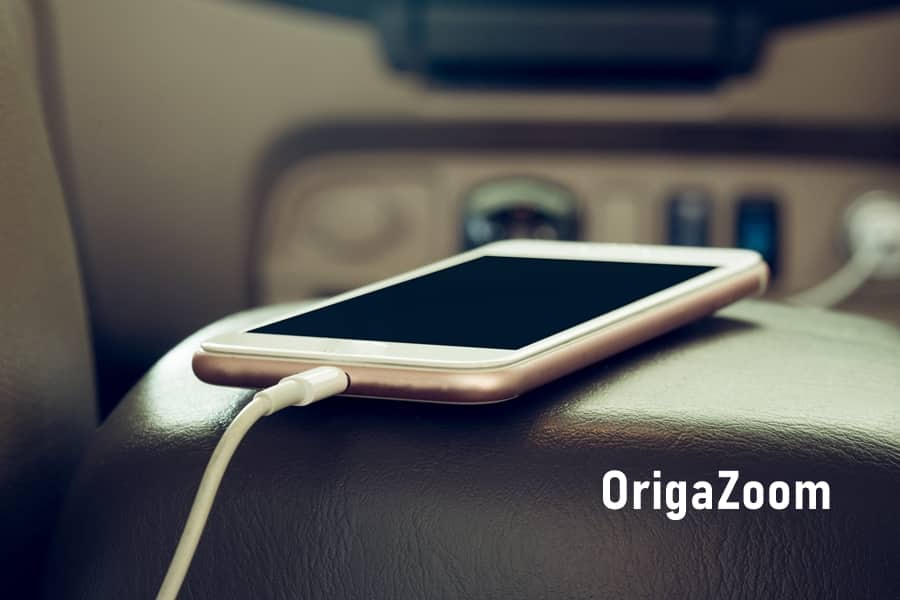Photography in extreme cold weather is always a challenging task for a photographer. Also, harsh cold winter is a great time to take a dozen or so beautiful shots: snow-covered trees, incredible mountains, or children playing outside. At low temperatures, all these plots have a completely different, fabulous look.
Winter photography becomes more manageable if you purchase a separately protected camera for this. This technique has an extended operating temperature range, is not afraid of moisture and frost. Unfortunately, such devices are usually presented only in the amateur segment of compact cameras, so they will not be suitable for shooting something serious. It is optimal to use such a camera wherever the quality is not critical not to damage the main one.
“Beauty at low temperatures is a real beauty.”
Any technique uses a lubricant that tends to thicken in the cold. The movable elements of the camera lose the ability to function normally, and the device temporarily becomes disabled. And it’s good if the part inside stops. It is much worse when it is damaged by the cold.
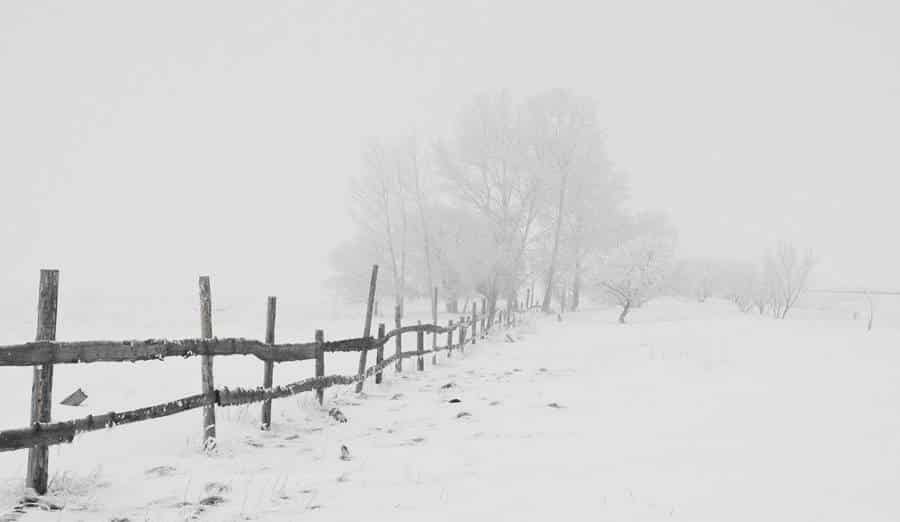
In winter, in principle, working with equipment is problematic:
- Batteries are discharged.
- Screens and buttons do not respond.
- There is a high risk of breakage or increased wear of mechanical parts.
Even memory cards fail. I somehow lost one in 20-degree frost with all its contents. It’s good that most of the shots were about nothing – in vain, they just froze their hands and forced the shutter.
Typically, each device has an operating temperature range at which the manufacturer guarantees its regular operation. The most common range is 0° C to 40° C for cameras and -10° C to +60° C for batteries.
The exact data for a specific device is in the instructions. If the desire to get unique winter footage is more than doubts about the endurance of the technique, then you should use a few tips that will help you keep your style and not get nervous again.
1. Take A Bag or Case with You

This simple rule is the foundation. A quality case for a compact camera or a bag for a DSLR, just like your outerwear. It will protect equipment from moisture, snow and will warm during a forced pause in work.
On the street, hide the camera under your clothes if you are not filming – the heat of your body will prevent the camera from cooling down. But don’t do this if you’re sweating. Just keep the temperature of the camera warm with your belly. 😊😊😊
2. Do Not Try to Warm the Camera with Your Breath
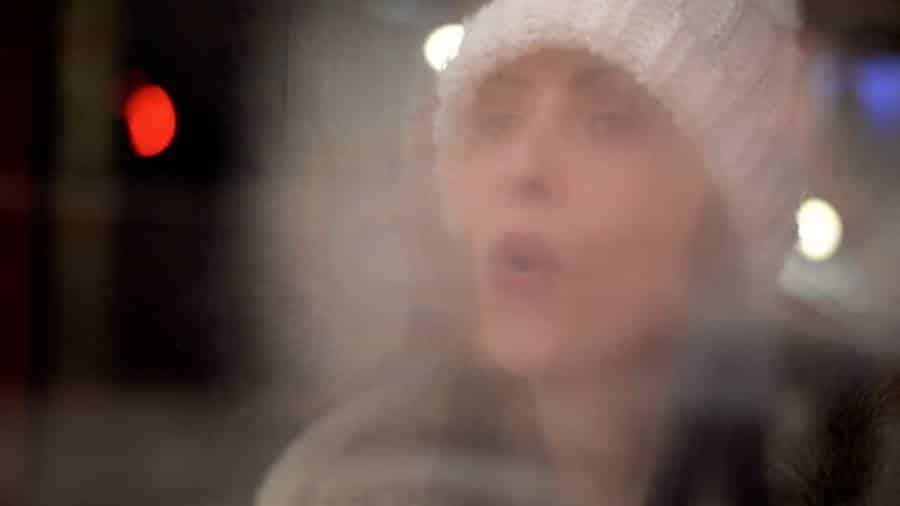
If the camera is “frozen,” do not breathe on it. In sub-zero temperatures, we breathe out moisture together with the air, while condensation will appear on the lens or screen, and wiping it will quickly leave a scratch.
Moisture negatively affects the electronics – it leads to oxidation of the contacts; it can provoke a short circuit and disable the camera.
3. Be Careful
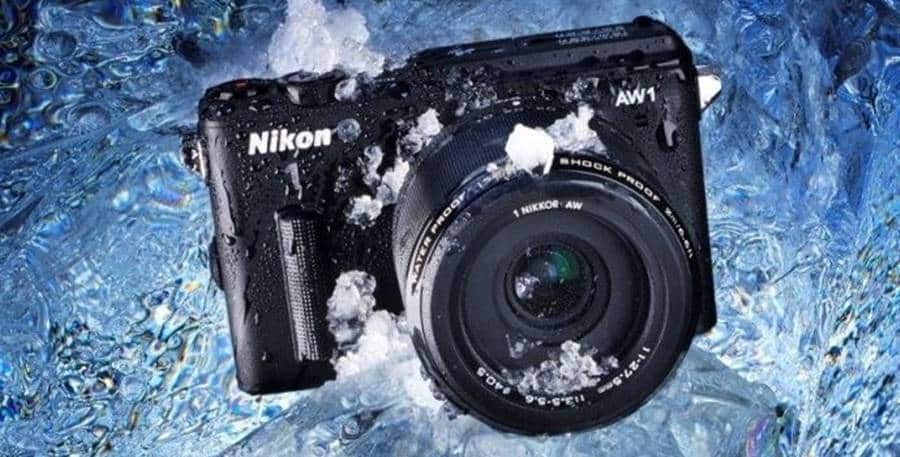
Plastic and other materials become brittle in the cold. It becomes much easier to break off the card slot door, battery pen, or some buttons. Do not increase the pressure on the camera controls in case of disobedience. Handle the camera gently, and protect it from shocks.
4. Avoid Sudden Temperature Changes
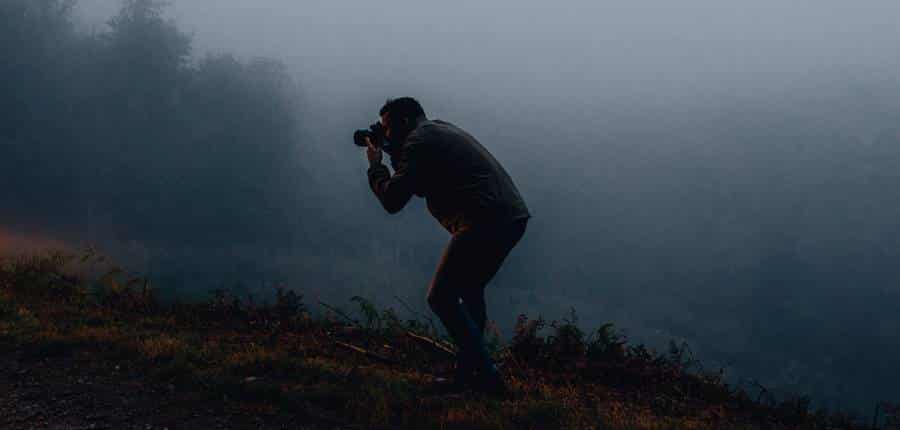
If you enter a warm apartment with a camera from the cold or jump into a car, condensation may form in it. As I said, this is dangerous for electronics (salt solutions in water). Please do not turn on the device for a while; it is even better to remove the battery.
Experienced photographers still put the camera in a regular plastic bag on the street, close it tightly, and in the room, they let the camera warm-up for some time. When the camera temperature equals the temperature of the room, you can safely use it – there will be no moisture inside.
The presence of moisture absorbers in the bag provides a stable anti-condensation effect. It is usually placed in shoe or electronics boxes. You can even use cat litter. By the way, the latter can also be used in a car to prevent condensation from forming on the inner surfaces of the glass.
5. Bring A Spare Battery
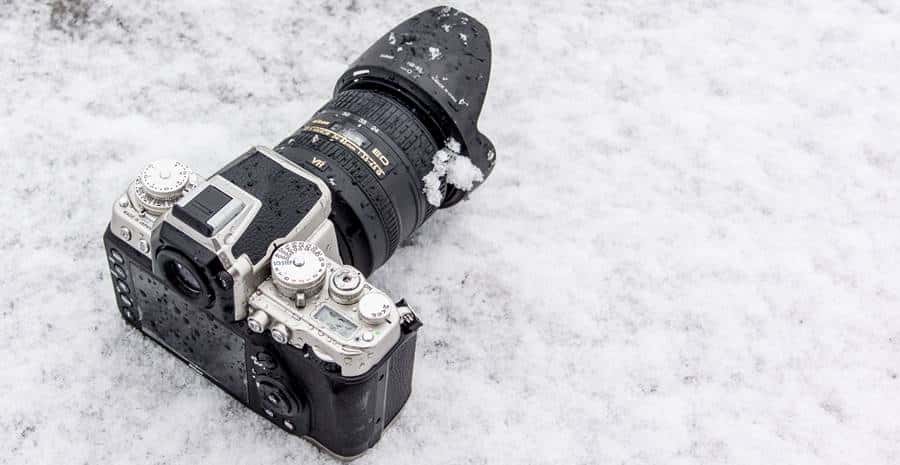
In winter, batteries usually drain much faster than they would like. Take extra batteries even if you don’t plan to shoot a lot.
6. Refrain from Changing Lenses
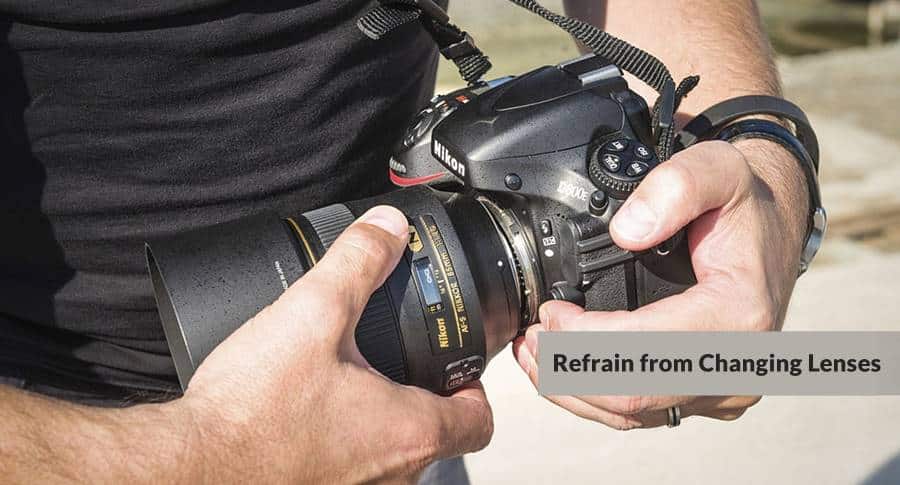
Changing lenses on a dusty street is as dangerous as changing lenses right after returning to a warm house or car. When it is simply necessary to do this, the main thing is not to rush. Take both lenses outdoors and replace them carefully. It is best to change lenses indoors after the equipment has warmed up.
You may also like to read: Winter Landscape Photography – Helpful Tips from The Experts.
If someone has something to add about photography in freezing weather, write in the comments. 👌👌👌

